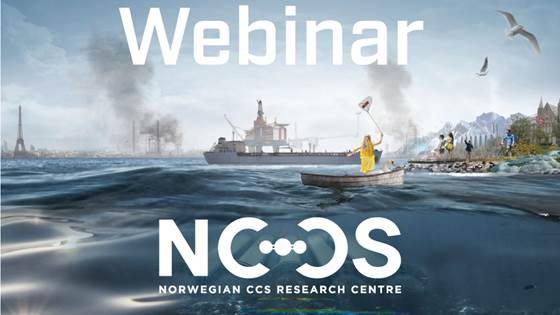
Is it possible to improve chemical stability of solvents for CO2 capture?
There are several technologies which are investigated with the purpose of improving chemical stability of solvents for CO2 capture.

There are several technologies which are investigated with the purpose of improving chemical stability of solvents for CO2 capture.

In this webinar we show results from an extensive laboratory test program looking at undrained pore pressure generation in the anisotropic Draupne shale exposed to various stress paths.

How can Electric vehicles act as flexible resources in the grid? Norway is in forefront of the electrification of the transport section having reached over 90% electrical on new cars sold
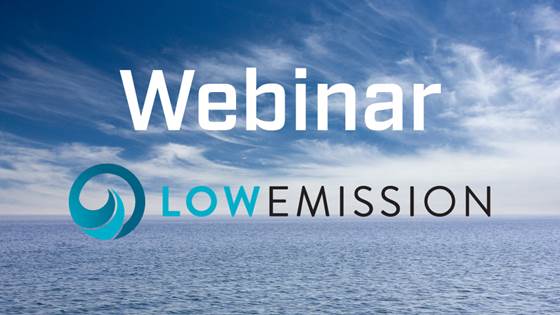
Kicking off the LowEmission Webinar series of fall 2022, Centre Director Stefania Gardarsdottir will give a status of the research activities in the centre, and an outlook on activities to come.

The cost of capture is a key barrier for widespread deployment of CCS. Hybrid concepts combine more than one CO2 capture technology, normally two, in an arrangement that leads to improved capture performance.

Combustion dynamics in hydrogen-enriched flames presents a problem for gas turbine applications. In the webinar, we will investigate why burning hydrogen becomes challenging.

We are pleased to invite all consortium members to HighEFF Cross-Sector Workshop 19-20 October.

The British Geological Survey is a world leader in CCS with over 20 years' experience at the forefront of CO2 storage research and includes the largest dedicated UK storage research group.

Reducing the carbon intensity of hydrogen production by making scalable, efficient proton ceramic reactors with fuel flexibility for methane, biogas and ammonia.
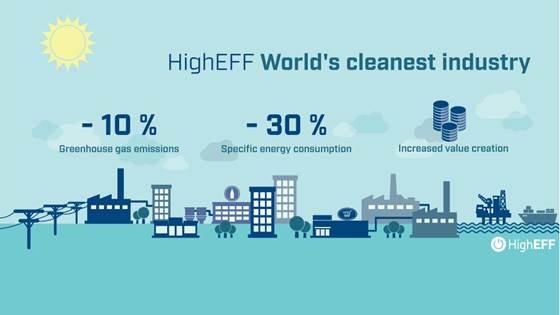
We hereby invite you to the HighEFF WP3.1 and WP4.2 workshop " Competitive surplus heat recovery – how to get from knowledge building to practical and attractive demonstrators ".
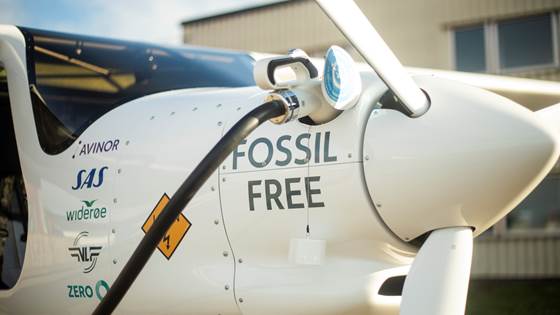
Green Aviation Norway is hosting the first international interdisciplinary conference on future regional zero emission aviation.
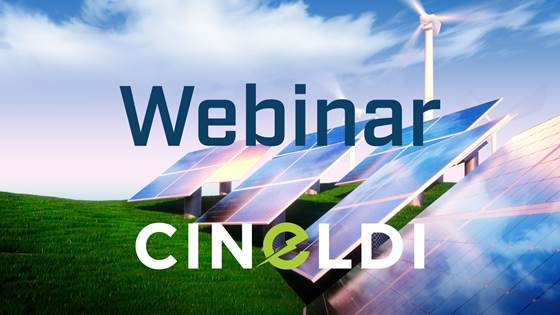
How do we plan for building the active distribution grids of tomorrow, enabling electrification and options introduced by new technologies, while accounting for a new level of variabilities and uncertainties? The primary objective of CINELDI's...

The DACOMAT EU project present more damage tolerant and damage predictable low-cost composite materials. Welcome to presentations and discussions. By invitation only.

Presentation of the NORCEM Brevik CCS project covering the capture, liquefaction and immediate storage of 400,000 t CO2 per year from cement production using available heat from the process.

The ECCSEL Svelvik CO2 field lab completed an extensive upgrade in 2019.